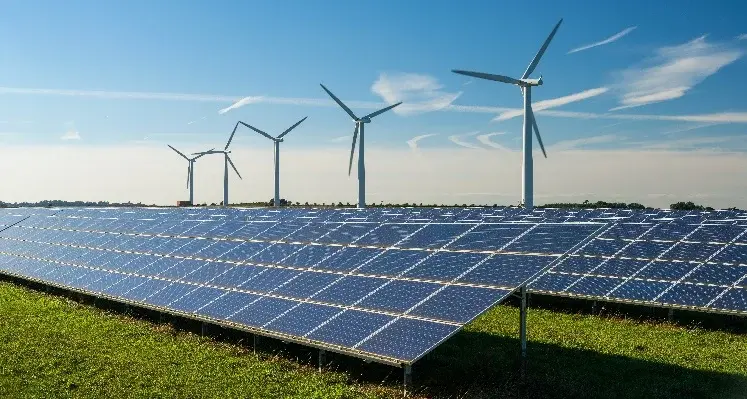A new report from the IEA highlights the pivotal role of innovation in advancing national energy and economic goals, with the range of new energy technologies offering potential for progress in energy security, affordability and sustainability
The report – The State of Energy Innovation – provides a global review of energy technology innovation trends, covering more than 150 innovation highlights and surveying nearly 300 practitioners from 34 countries. It says that progress on innovation is more important than ever, as it will play a decisive role in determining countries’ long-term economic resilience and ability to meet energy and climate goals.
Recent years have seen a steady increase in innovation activity, the report points out. Public and corporate energy R&D spending has grown at an average annual rate of 6%, although growth may be slowing in some advanced economies. Corporate energy R&D has outpaced economic growth, particularly in the automotive and renewable energy sectors. However, R&D spending as a share of revenues in the cement and steel sectors remains 20% to 70% below that of the automotive and renewables sectors, respectively, while the aviation and shipping sectors have reduced the share of their revenue spent on R&D over the past decade.
R&D advances
In 2024, significant energy R&D advances covered solid-state that could avoid environmentally harmful refrigerants; high-confinement plasma for nuclear fusion; a prototype solid-state EV battery that could allow cars to be charged in nine minutes; and higher-speed geothermal drilling through hard rock. Among larger-scale projects, first-of-a-kind progress was reported for perovskite PV manufacturing, ammonia use as a marine fuel, underground thermal and compressed CO2 long-duration energy storage, lithium recovery from geothermal brine, cellulosic bioethanol facilities and CCUS for cement production, among others. These projects are supported by countries including Australia, Brazil, China, Finland, Germany, Italy, Japan, Singapore and the United Kingdom.
Some technology areas – including battery technologies, CCUS, critical mineral sourcing, geothermal and solar PV – made significant recent advances across all main innovation phases.
“Innovation is the lifeblood of the energy sector, particularly in today’s fast-moving times with the global energy mix shifting and major trends such as electrification having far-reaching effects,” said IEA executive director Fatih Birol. “A wide range of technologies now appears to be coming close to market, offering hope for improvements in energy security, affordability and sustainability over the long term. But we require investment, both public and private, to scale up innovative solutions. The payback may not always be quick, but it will be lasting.”
VC funding
Venture capital (VC) funding for energy technologies rose more than sixfold from 2015 to 2022, supporting around 1,800 energy start-ups. However, it declined by more than 20% in 2023 and 2024 amid tighter financial conditions, with AI being the only sector to see growth in VC funding.
Innovation efforts have also become increasingly global. China overtook Japan and the United States in 2021 as the leading country for energy patenting, with over 95% of its patents focused on low-emissions technologies. Since 2000, patenting globally for low-emissions technologies has grown 4.5 times as fast as it has for fossil fuels,.
Public and private financing earmarked for large-scale energy technology demonstration projects this decade has reached around US$60bn. These projects are critical for commercialising emerging technologies but face delays due to inflation and policy uncertainty. Most projects have still not reached final investment decision, and 95% of demonstration funding is concentrated in North America, Europe and China. Sectors with urgent innovation needs to validate low-emissions options – such as heavy industry and long-distance transport – account for just 17% of the total.
The report stresses the importance of maintaining momentum and addressing structural gaps in the global innovation system. It recommends targeted policies to increase public energy R&D spending, support technology developers through economic cycles and strengthen international cooperation to bring clean energy demonstration projects to market.









